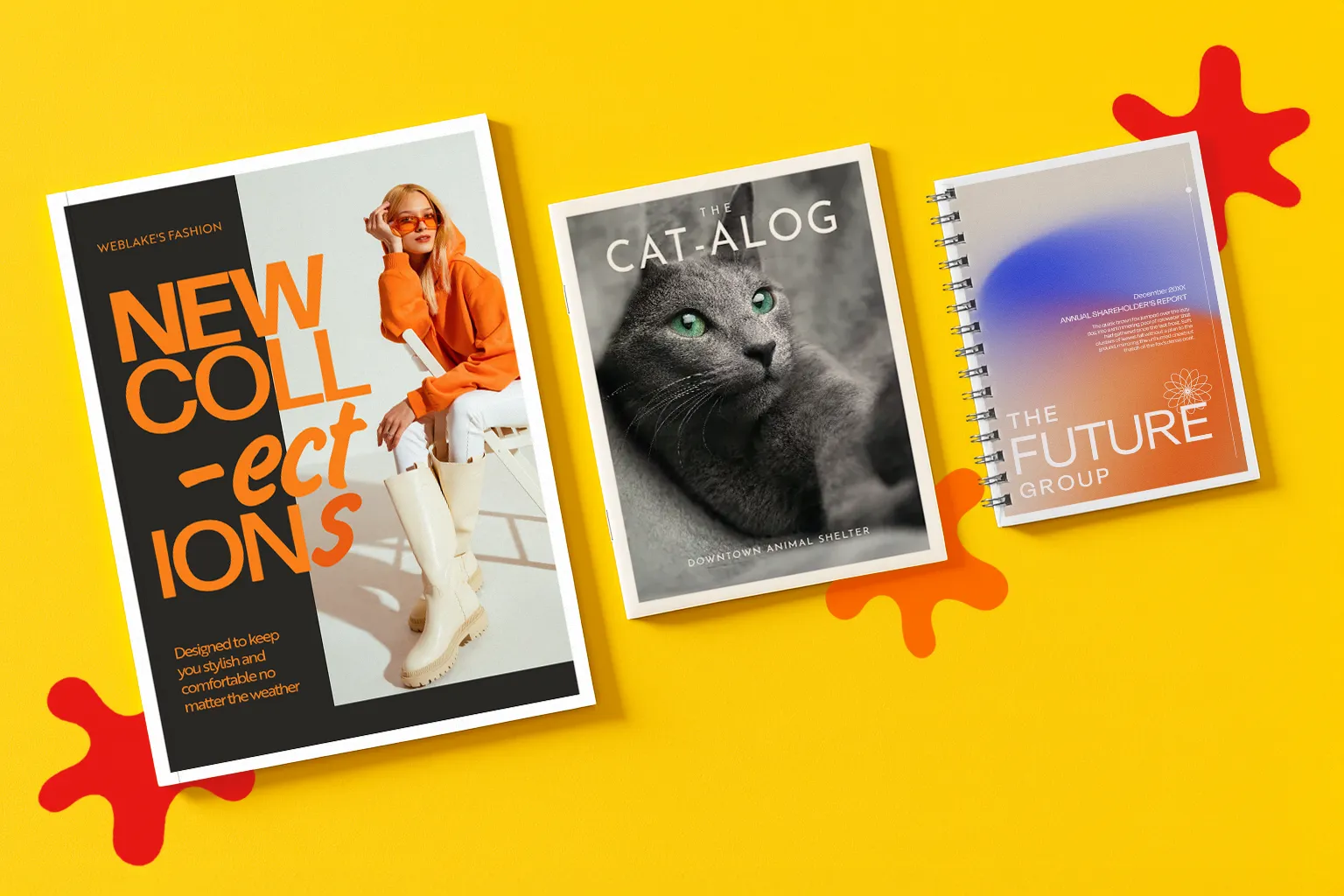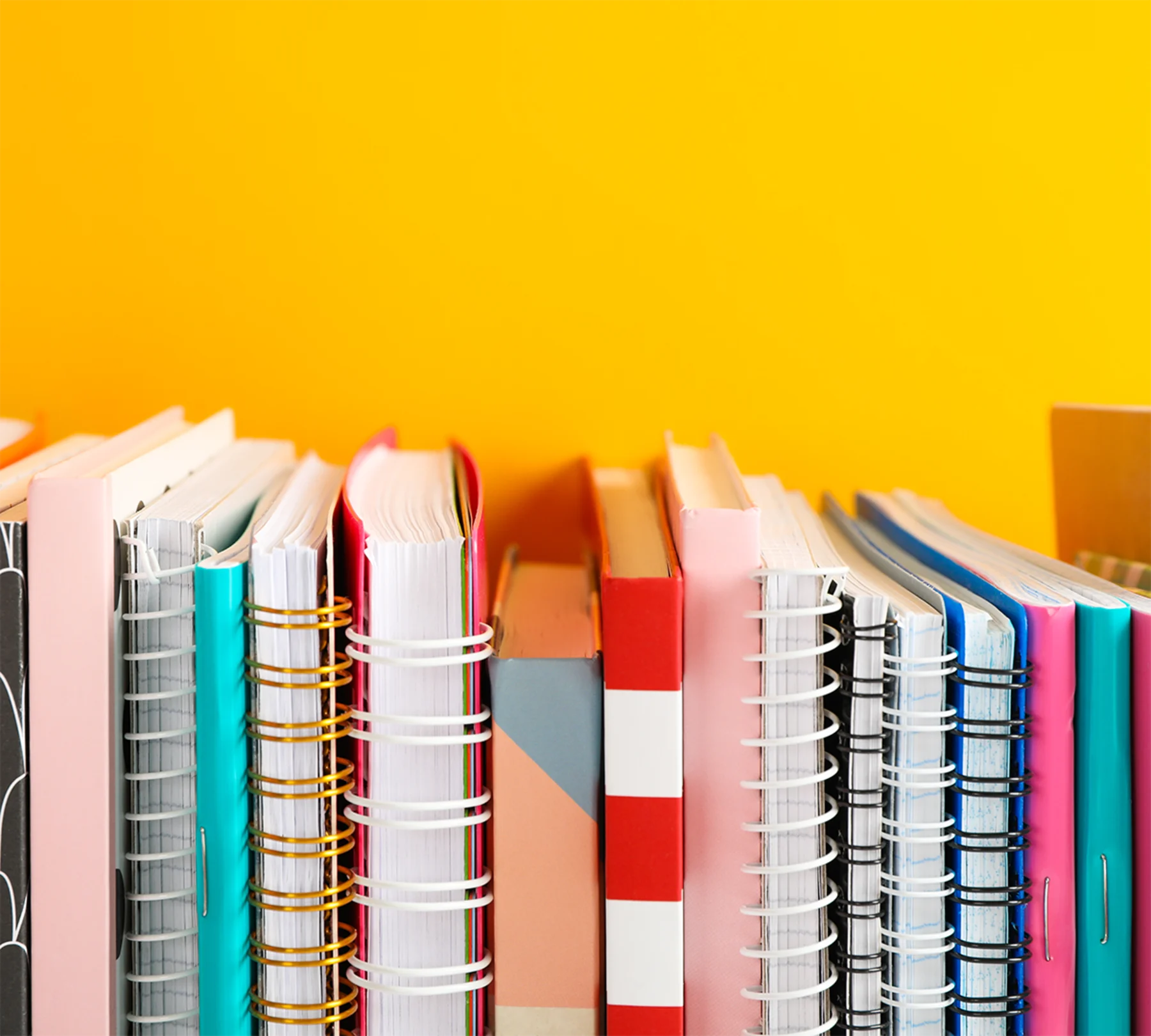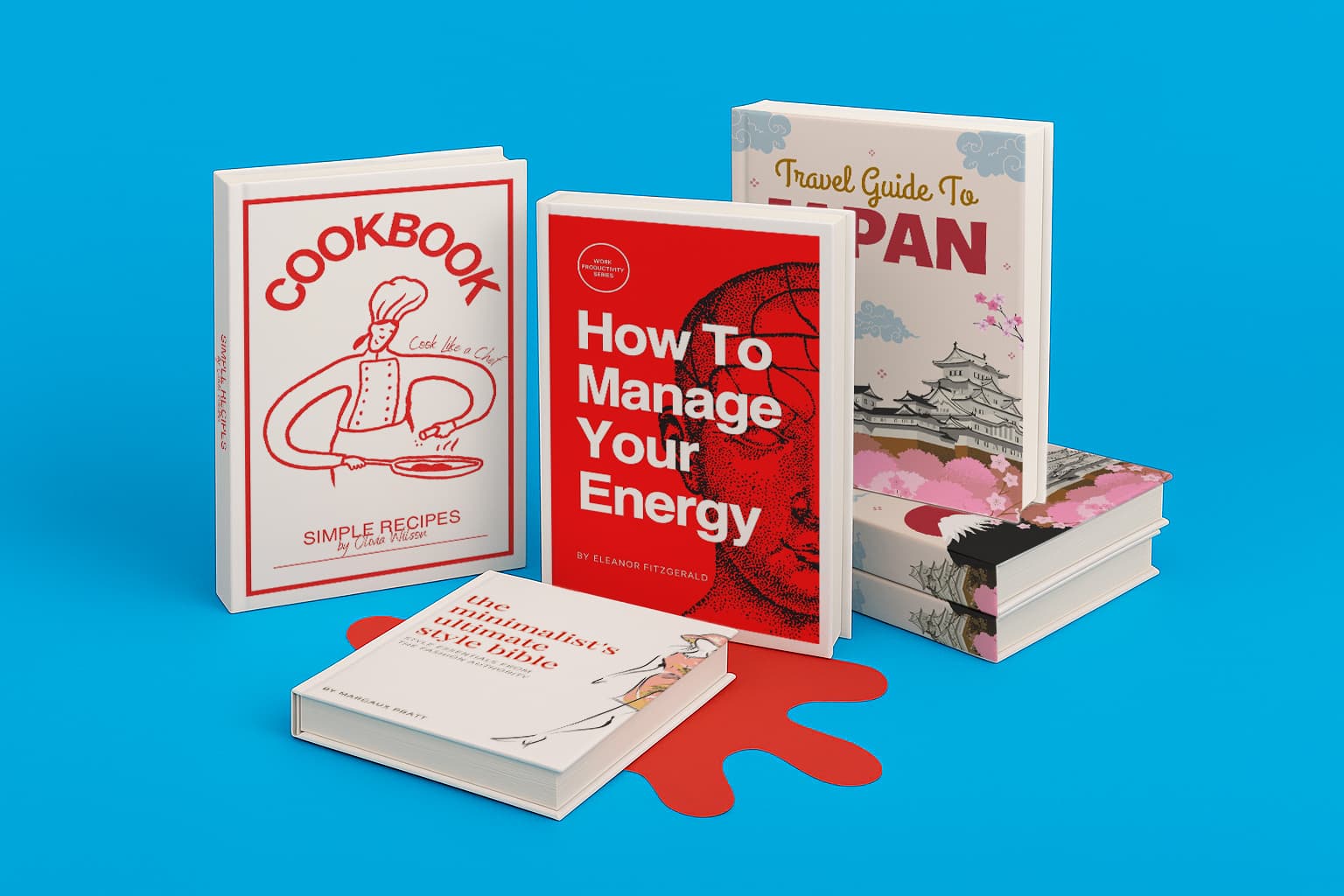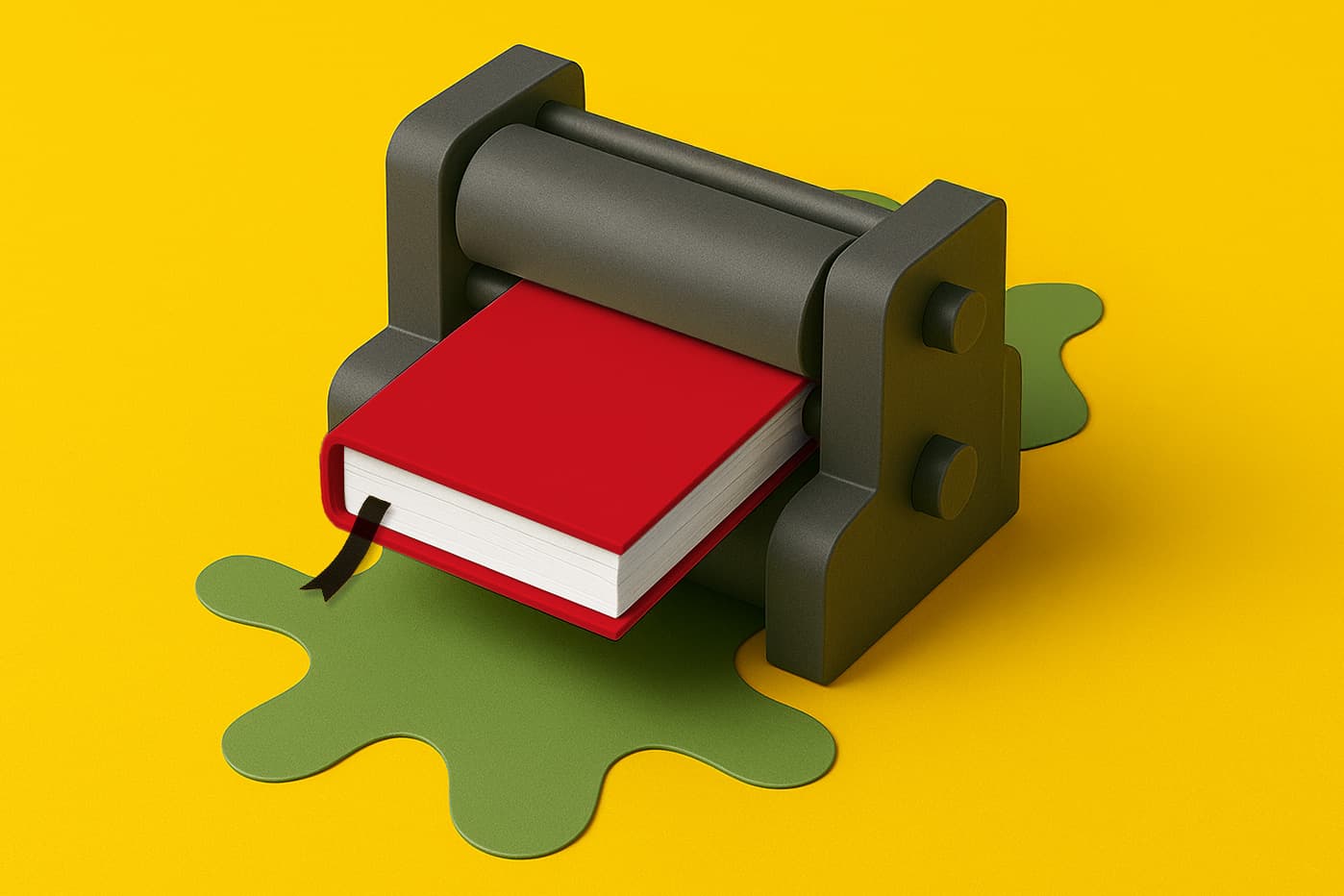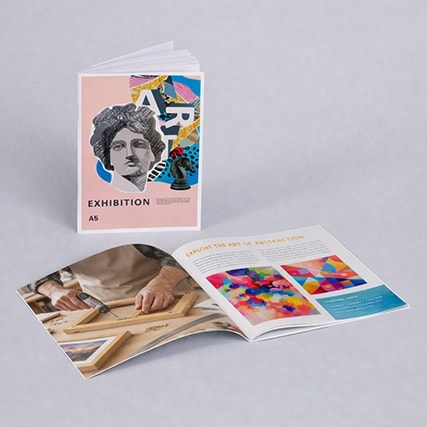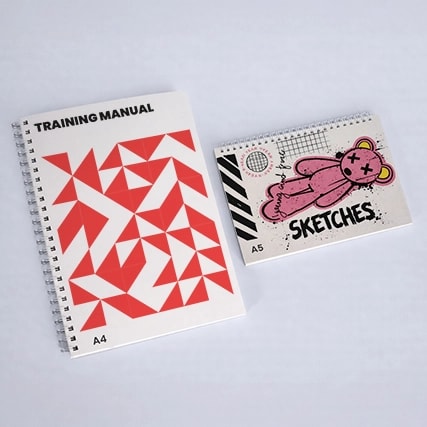How to Create Printed Brochures That Make a Lasting Impression
Printed brochures in book form remain one of the most effective ways to showcase a brand. Unlike folded leaflets, these are multi-page bound documents that give you space to tell a story, build authority and present your products or services in detail. They can be catalogues, event programmes, training manuals or corporate prospectuses. Done well, they combine clarity with professionalism and leave readers with something worth keeping.
At WTTB we specialise in brochure and booklet printing, with a dedicated Book Super Centre to support complex projects. Our team works with thousands of businesses every year, helping them turn their ideas into brochures that deliver real impact. This guide will take you through the key steps so you know exactly where to start.
Why Book-Style Brochures Still Work
Brochures provide a depth of information that a flyer or leaflet cannot. They let you control the pace of storytelling, dedicating space to each service, product range or case study. A well printed brochure is more than marketing, it becomes a physical reference that people hold on to.
UK industry data reinforces this. According to the British Printing Industries Federation, brochures, catalogues and similar advertising literature make up 34 percent of all printed marketing output in the UK. This demonstrates how important brochures remain for businesses looking to connect with their audience.
The physical nature of a brochure means it sits on a desk, in a bag, or on a coffee table long after digital adverts disappear. Print also conveys credibility. High-quality printing, sharp imagery and professional finishes suggest your brand takes care over the details, a perception that transfers directly to your products or services.
Start With Purpose and Audience
Before opening design software, ask why you are creating a brochure. Is it to present a product range for the year ahead, to give prospective students a clear view of a course, or to showcase results to investors? Your purpose will guide every decision that follows.
Once the purpose is clear, consider who will read it. A corporate client may expect a sleek perfect bound brochure with muted colours and minimal design. A fashion-forward brand might benefit from bold layouts, rich photography and uncoated tactile paper. By identifying your audience at the start you avoid wasting time and ensure the finished piece speaks directly to them.
The print specification should also reflect the audience. A high-end annual report may demand a case bound book with foiled details, while a training manual can be more functional with wiro binding for ease of use. Thinking about how your reader will handle the brochure is just as important as what they’ll see on the page.
Designing for Impact
Design is what pulls your content together into a professional and persuasive whole. Good brochure design has three qualities: structure, clarity and appeal.
Structure comes from using a clear grid system. This keeps margins, columns and image placement consistent so the reader can flow through the content without distraction.
Clarity is achieved by applying brand guidelines with discipline. Stick to your chosen fonts and colour palette. Repeat design elements such as page numbers, footers or icon styles so the brochure feels cohesive from start to finish.
Appeal is what makes the brochure attractive and memorable. Use strong photography that reflects the tone of your brand. Pair it with headlines that capture attention quickly and body copy that is concise and easy to read. White space is not wasted space; it helps your key messages stand out.
From a printing perspective, remember that design files need to be production-ready. Colours should be set in CMYK for accurate reproduction, and imagery should be supplied at 300dpi to avoid pixelation. At WTTB we provide templates for common sizes and binding options to help you prepare files correctly, reducing the risk of delays and ensuring your finished project matches your vision.
Choosing Paper and Finishes
Paper is the first thing a reader touches, so it immediately sets expectations. Inside pages for brochures are often printed on 130gsm to 170gsm stock. This creates a balance of quality and flexibility, allowing pages to turn easily while still feeling substantial.
The cover is usually heavier, from 250gsm upwards. A sturdy cover protects the inner pages and gives the brochure more presence when handed to a customer. For premium projects you might consider laminated covers, which resist scuffs, or textured papers that add a tactile element.
Finishes further shape perception. A gloss lamination creates a sharp, vibrant look suited to photography-heavy brochures. Matte lamination is smoother and more refined. Spot UV adds shine to selected areas such as a logo. Foiling and embossing create texture and catch the light, turning an ordinary cover into something striking.
Binding Options That Set the Tone
Binding is often overlooked, yet it influences both durability and perception.
- Saddle stitched brochures are stapled at the spine. They are cost-effective and ideal for smaller booklets up to around 64 pages. This makes them suitable for event programmes, slim catalogues or promotional brochures.
- Perfect bound brochures glue the pages to create a flat spine similar to a paperback book. They give a polished, professional look and allow the spine to carry your title. They are ideal for catalogue printing, magazines or corporate brochures.
- Wiro bound brochures secure pages with a looped wire. This allows the brochure to lie flat when opened, which is practical for training manuals, reference guides or workbooks.
- Case bound brochures are the premium option, producing a hardback book. They are durable and prestigious, suited to high value corporate reports or luxury brand presentations.
At WTTB, we run multiple binding lines, meaning we can offer flexible turnaround times without compromising quality. For businesses that need both short-run bespoke brochures and large print runs, we can scale production to suit, ensuring consistency across every copy.
For more complex or large-scale projects, explore our Book Super Centre. It's your one-stop hub for brochure printing and book production, supported by expert advice.
Planning Distribution and Measuring ROI
Printing a brochure is only part of the process. Think carefully about how it will be distributed. Will you hand it out at trade shows, include it in welcome packs, mail it directly to customers or display it in your showroom? The method of distribution affects decisions on size, weight and quantity.
To measure return on investment, tie brochures into your wider marketing strategy. Include trackable calls to action such as unique URLs or QR codes. This allows you to see how many readers move from print to online engagement, giving you clear evidence of effectiveness.
Print With Confidence
At WTTB we make brochure printing straightforward. From saddle stitched booklets to perfect bound catalogues, our team has the expertise to bring your project to life. Every order is backed by high quality production and delivered with speed.
To make your print budget go further, our Rewards programme gives you points on every order. These can be redeemed against future projects, helping you save while continuing to produce outstanding marketing materials.
Conclusion
A brochure in book form is more than pages of print. It's a carefully planned marketing tool that conveys professionalism, builds credibility and keeps your brand in front of customers for longer. Define your purpose, design with clarity, select the right paper and binding, and work with a trusted partner.
WTTB has the knowledge and technology to deliver catalogue printing and booklet printing that make a lasting impression. Explore our book printing category today and take the first step toward a brochure that truly represents your brand.
Posted on September 29, 2025 by WTTB
Related topics:
